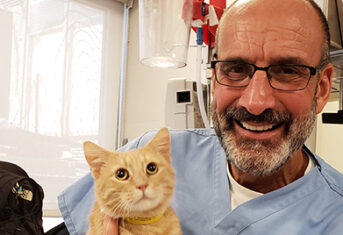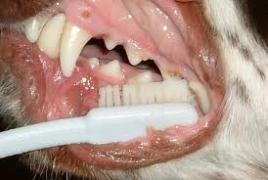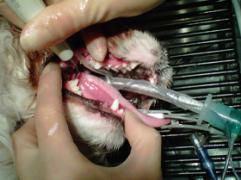I Think My Cat Has a Cavity in Her Tooth
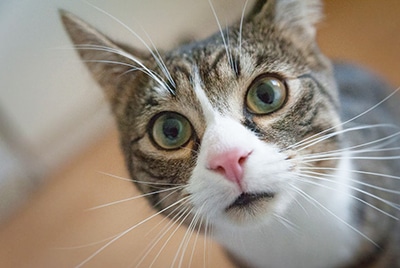
I Think My Cat Has a Cavity in Her Tooth
The arrival of February means it is again Pet Dental Health Month. Since teeth are an important organ in the body, the Schwarzman Animal Medical Center provides pet families with many resources on pet dental health including: a pet health library entry describing when your puppy or kitten will lose their baby teeth, a recent blog on comprehensive oral health assessment and treatment or COHAT as performed by a board-certified veterinary dentist and a video on at home care for your dog or cat’s mouth. To celebrate the dentition of our favorite felines, this blogpost will discuss feline resorptive lesions also known as feline odontoclastic resorptive lesions or FORLS.
FORLs By Other Names
FORLs have also been called neck lesion, cervical neck lesion, cervical line erosion, feline subgingival resorptive lesion, feline caries, or feline cavity. The currently favored term is feline resorptive lesions. They affect approximately 60% of cats over the age of six, making them one of the most common feline disorders. The terms feline caries and feline cavities don’t really apply since cat’s can’t get cavities.
Cavity Versus FORL
In people, damage to the hard outer surface (enamel) of a tooth from sugary treats and lack of brushing results in a tooth cavity. A feline resorptive lesion is not a cavity. It initially occurs under the gumline when normal cells found in the mouth, called odontoclasts, behave badly. In feline resorptive lesions, the odontoclasts chew into the dentine and cementum layers of a tooth. The outcome of this destructive process is erosion of the tooth neck which fractures the tooth at the level of the gumline. Veterinarians know the odontoclasts are the underlying problem because we can see the odontoclasts when we biopsy a resorptive lesion. What we don’t know is why the odontoclasts start behaving badly in the first place.
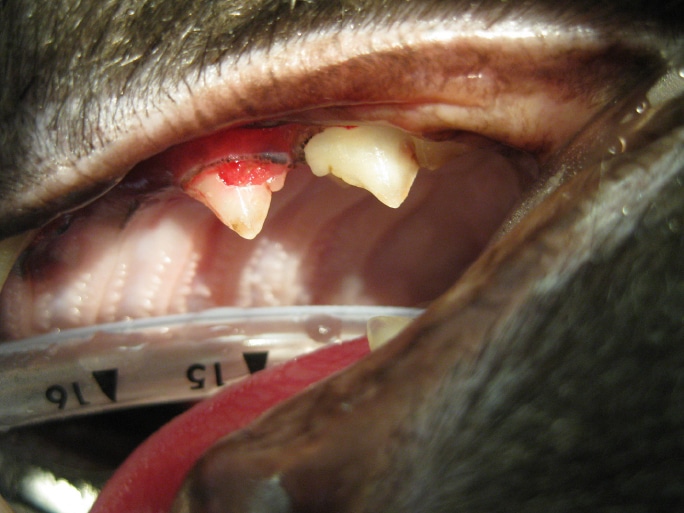
FORLs Up Close
Cat families might actually be able to see a resorptive lesion when it becomes advanced. It looks like a very red, irregular bit of gum that seems to be moving onto the tooth. The photo accompanying this blogpost shows a feline resorptive lesion recently seen by AMC’s Dental Service. Cat families may also see clinical signs caused by an advanced resorptive lesion. Most cats are asymptomatic, but some will show signs related to oral pain including dropping food while eating, refusing crunchy food and running from the food bowl when attempting to eat. Cats that display any of these clinical signs should see their veterinarian for an oral examination.
If you are interested in learning more about promoting oral health in your pets, please join us on Wednesday, February 15th at 6PM on Zoom, as Dr. Ada To, Resident Veterinarian in Schwarzman AMC’s Dentistry Service, discusses what dental disease encompasses and strategies for keeping your dog or cat’s mouth clean and healthy. Registration is free and required to receive the Zoom login.































